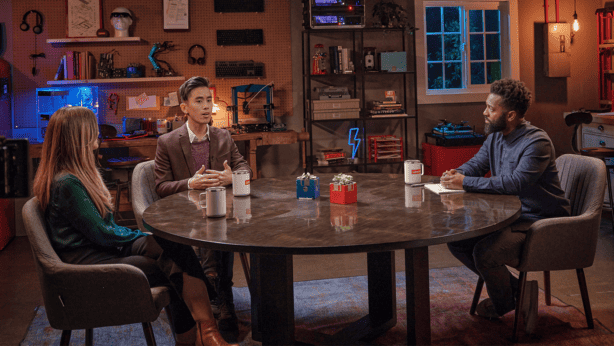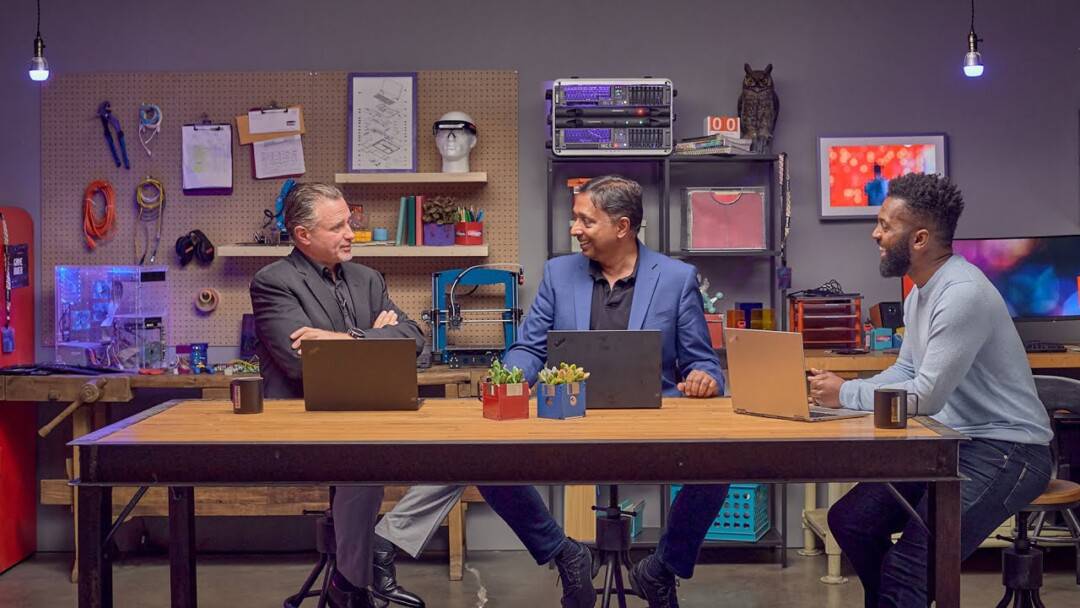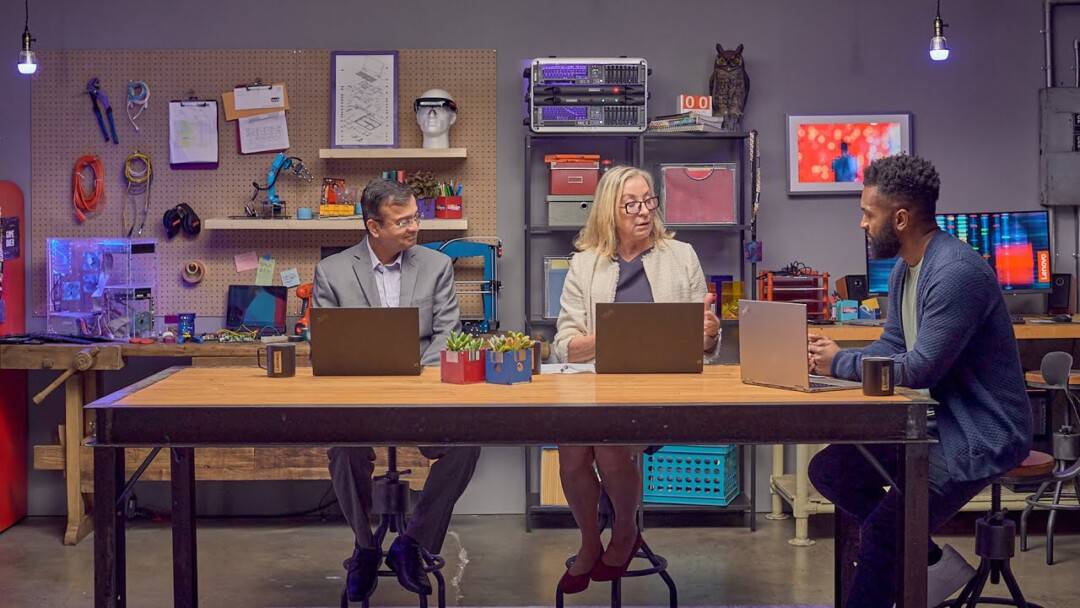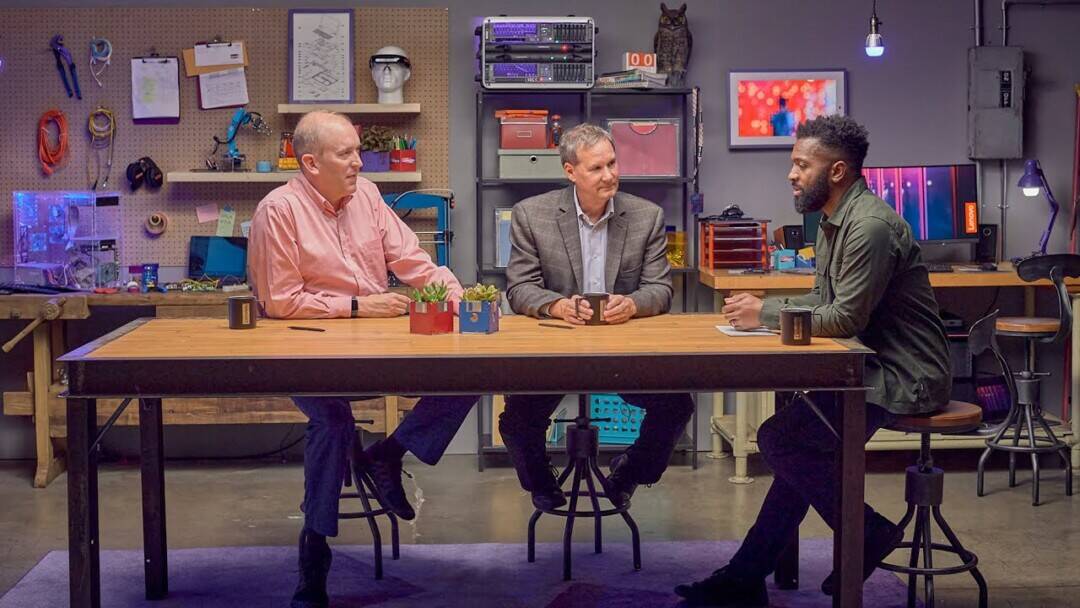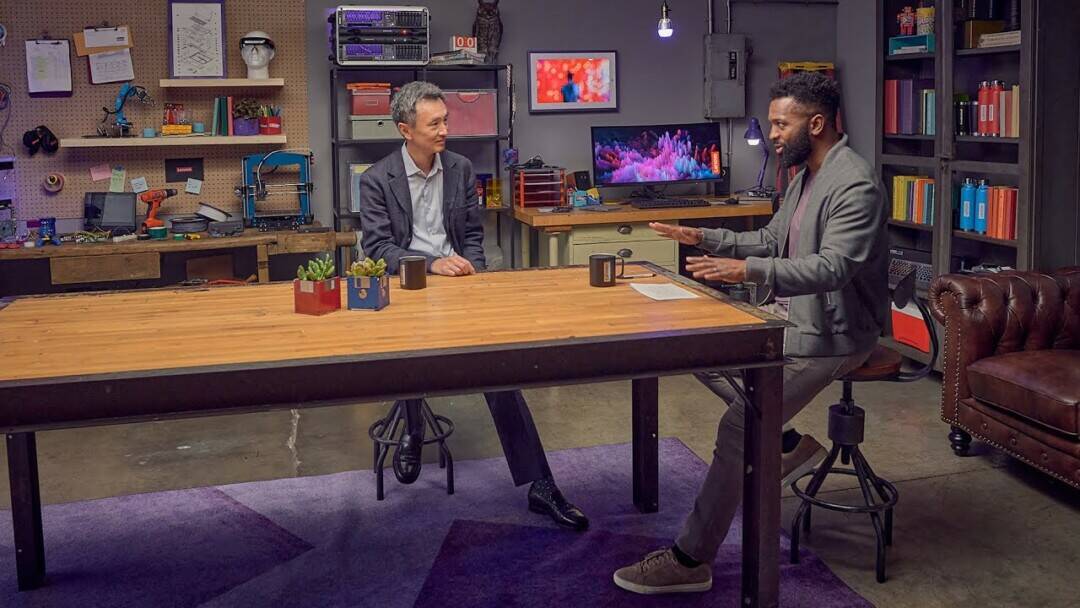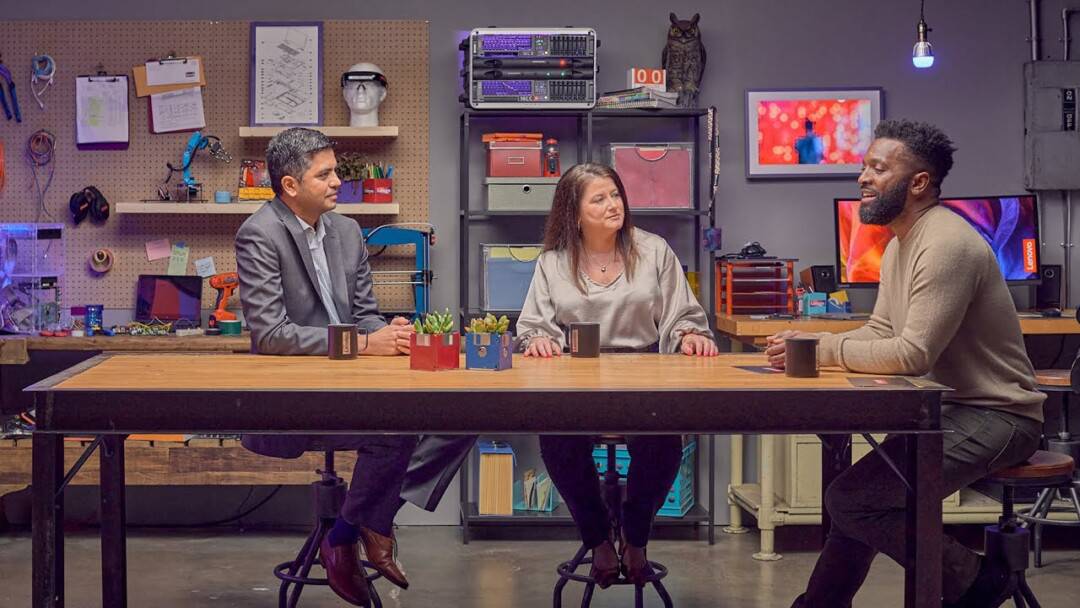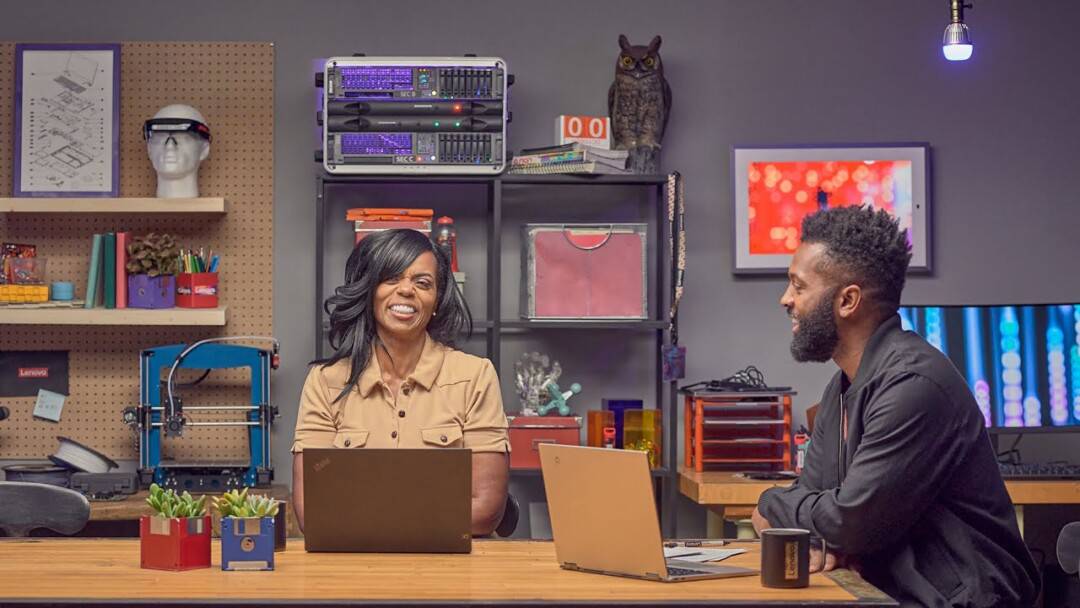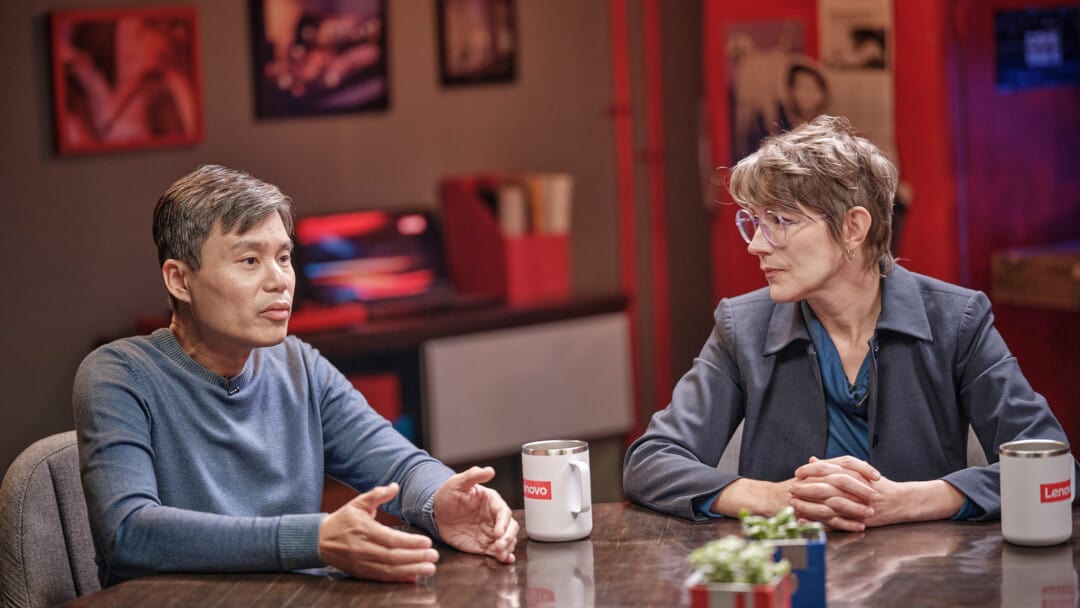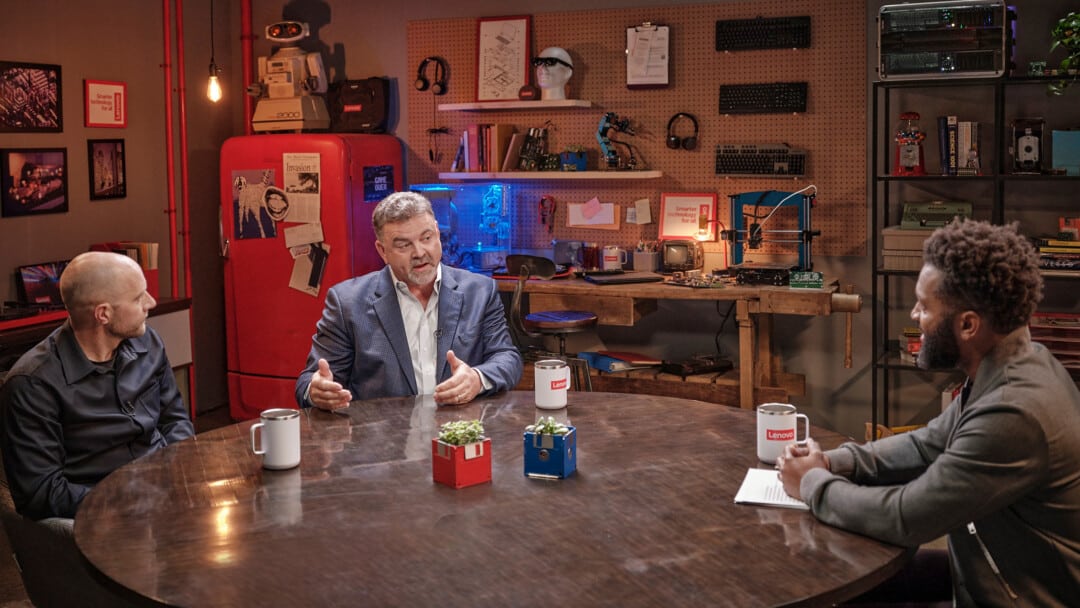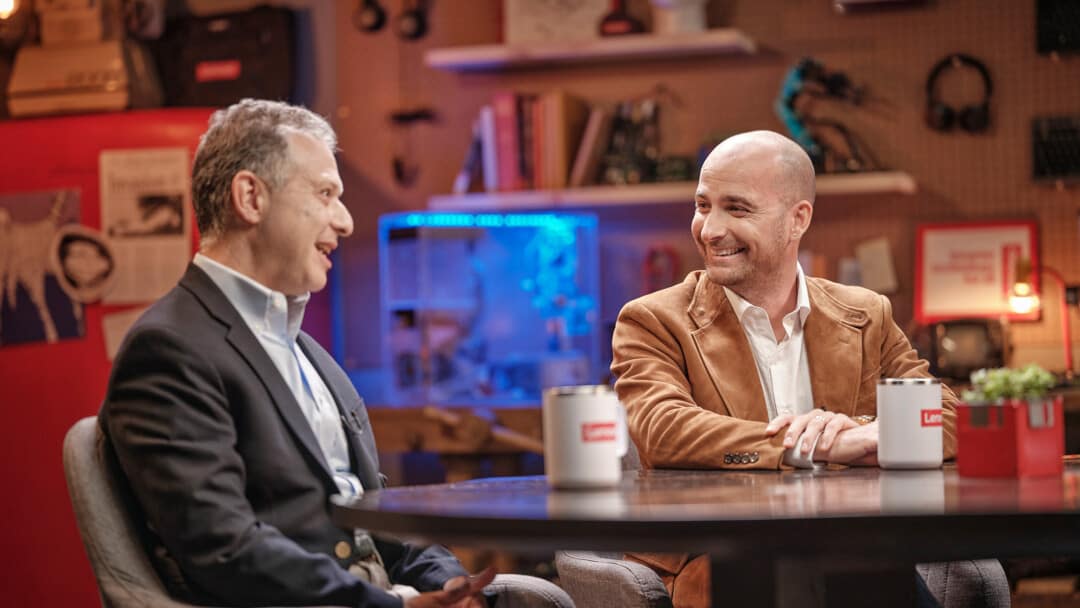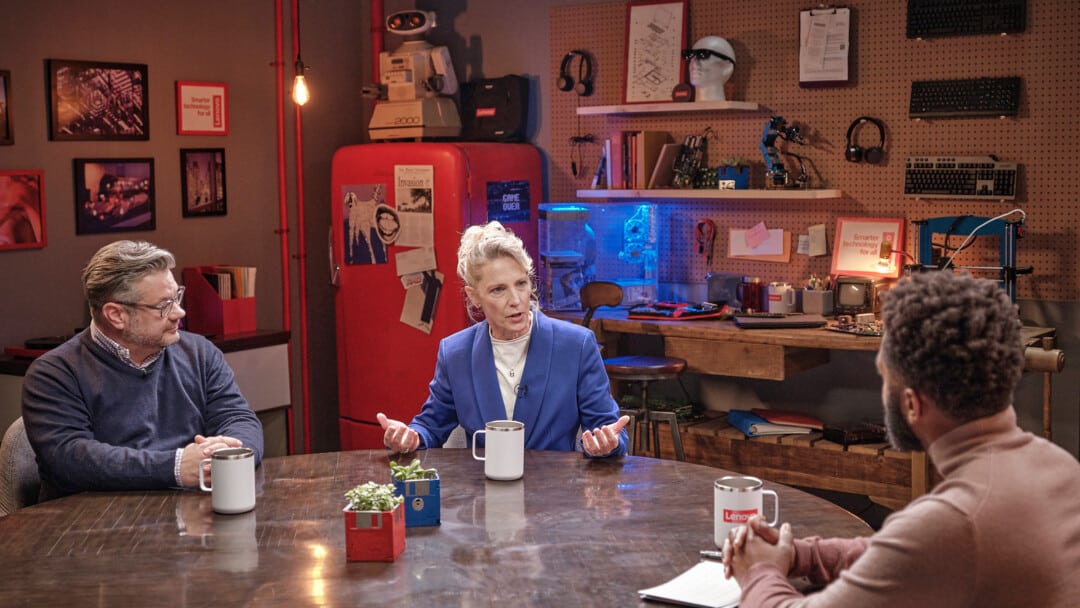
Employee burnout. The great resignation. Quiet quitting. Quiet hiring. These headline-grabbing trends, magnified during the pandemic and the subsequent shift to hybrid work, remain an ongoing drain on business performance.
As leadership teams grapple with unprecedented workplace challenges, employee wellness has emerged as a top priority. The emphasis on mental health has led to a new mandate for CIOs: how to leverage technology to create inclusive spaces and positive employee experiences that reduce stress, encourage community engagement, and promote seamless productivity.
The intensity of the pandemic work experience has increased the focus on the mental wellbeing of employees. Microsoft’s 2022 Work Trend Index identified burnout as a significant issue, with 48% of employees and 53% of managers confirming they feel overwhelmed by workplace expectations. A survey by Lyra Health found emotional wellness at a low point: Nearly a third (31%) of employees surveyed noted declines in mental health from the past year, and 84% said they experienced at least one mental health challenge due to stress, anxiety, or burnout.
Employee wellness challenges aren’t just exacting a personal toll—there are major consequences for business, as well. A Gallup study pegged the average cost of voluntary turnover due to burnout at 15-20% of annual payroll. There are also lost opportunity costs, higher turnover, and diminished output when employees are struggling with mental health, the study found.
With a growing number of personal and community-based stressors, leadership teams need to get creative to support and promote wellness in the workplace.
“We’re talking about issues we never talked about before,” says Shannon Frazier, Executive Director, Human Resources, at Lenovo. “Taking a holistic approach to the employee isn’t just critical to your business mission, but to how your employees feel about where they work and what their experience is. Making sure people feel like they’re in a good place mentally and health-wise is critical to keeping your best and brightest.”
Technology’s impact on wellness
Technology can play a key role in reducing employee stressors, whether it’s to foster better collaboration with far-flung colleagues or streamline common workflows to make it easier to perform routine tasks. Simply making it easier to start an online meeting or an in-person presentation without suffering the usual technical snafus can go a long way toward reducing employee stress, Frazier says.
Delivering technology that enhances collaboration and communications is central to a healthy and productive employee experience, even more so as companies refine and operationalize new hybrid work models. “No one has a definitive answer on this—we’ve been adapting as we go and have had some hits and some misses,” Frazier says. “It’s all about how we provide opportunities to collaborate and how we communicate with one another. If you don’t have a good baseline of technology to do that right, you probably won’t see people moving forward.”
At Lenovo, unified communications technology in conference rooms helps promote a better experience and elevates interaction between remote and in-office employees. With the push of a button, any employee can activate video cameras, configured to rotate to whomever is talking, including remote employees. Collaboration software capabilities make it easier to take notes, record calls, or whiteboard during meetings. In addition to the simplicity of collaboration, the Lenovo ThinkSmart solutions also promote inclusion and team building, which aids in employee wellbeing.
“A big part of mental health is feeling like you’re included, that you’re part of a team,” Frazier says. “When people don’t have to worry about being excluded or that decisions are being made without them, that’s a huge stress relief.”
CIOs are an enabling force
With technology as a focal point, CIOs play an important role in supporting employee wellbeing and positive mental health. It’s important for IT teams to partner with HR and other parts of the business to define IT’s role in wellness initiatives, with these guidelines in mind:
Lean into feedback. Collaborating with C-suite partners in human resources, operations, finance, and other areas will give CIOs a holistic view across the workforce on which technology solutions and processes are enhancing the employee experience, and which ones are adding to stress levels. At Lenovo, an annual survey solicits feedback on IT systems and tools; IT and HR teams use the results to gain insights into what needs to be improved and prioritized. There are also regular roundtable discussions to get additional context on where IT can help move the needle to promote employee wellness.
“There’s a good cadence so that if employees have a concern, they know how and who to share it with, and that it will be addressed,” Frazier says. “Feeling that your voice matters is a big part of mental health.”
Expand training opportunities. Technology exists to boost productivity, but if the tools are too arcane or employees aren’t acquainted with their full functionality, they can be a source of frustration and add to employee stress. CIOs can help mitigate those issues by expanding education and training offerings to help employees maximize the power of their tools, reducing friction and ensuring they get their jobs done more efficiently. Simple tips and tricks such as how to run analytics on your inbox and build focus time into your schedule can help reduce stress for employees who feel overbooked all the time.
“It’s about using technology to empower employees to set boundaries in a way that makes sense for them,” says Frazier. “Some of it is self-learning, some of it is formalized learning, but it’s all about helping employees take better advantage of the tools they have.”
Adjust and adapt for new ways of working. When the pandemic forced the closing of offices across the globe, companies moved a lot of on-site activities such as fitness classes or access to mental health providers to virtual settings. With the shift to hybrid work, those virtual resources are likely to continue to play an important role. CIOs should continue to work with HR to strike the right balance of services for all employees. “All of those employee services should be easy to access, regardless of where you’re working from,” says Frazier.
The pandemic exposed serious issues about employee mental health, causing many organizations to take a hard look at longstanding issues such as burnout. But it also enabled people to get a peek into the personal lives of their colleagues, providing new perspective about work-life balance. Technology provided a virtual window into people’s homes, families, and even their pets. Maintaining that perspective is important, regardless of how future workplace models evolve.
“Being able to continue to see peers in this virtual environment where people have other things going on is critical,” Frazier says. “You think about technology as being cold, but what we’ve learned is that it can also be incredibly inclusive and educational about what’s important to people, both at home and at work.”
Want more? Watch the Generation Burnt-the-f-out episode of Lenovo Late Night I.T. Season 2.





